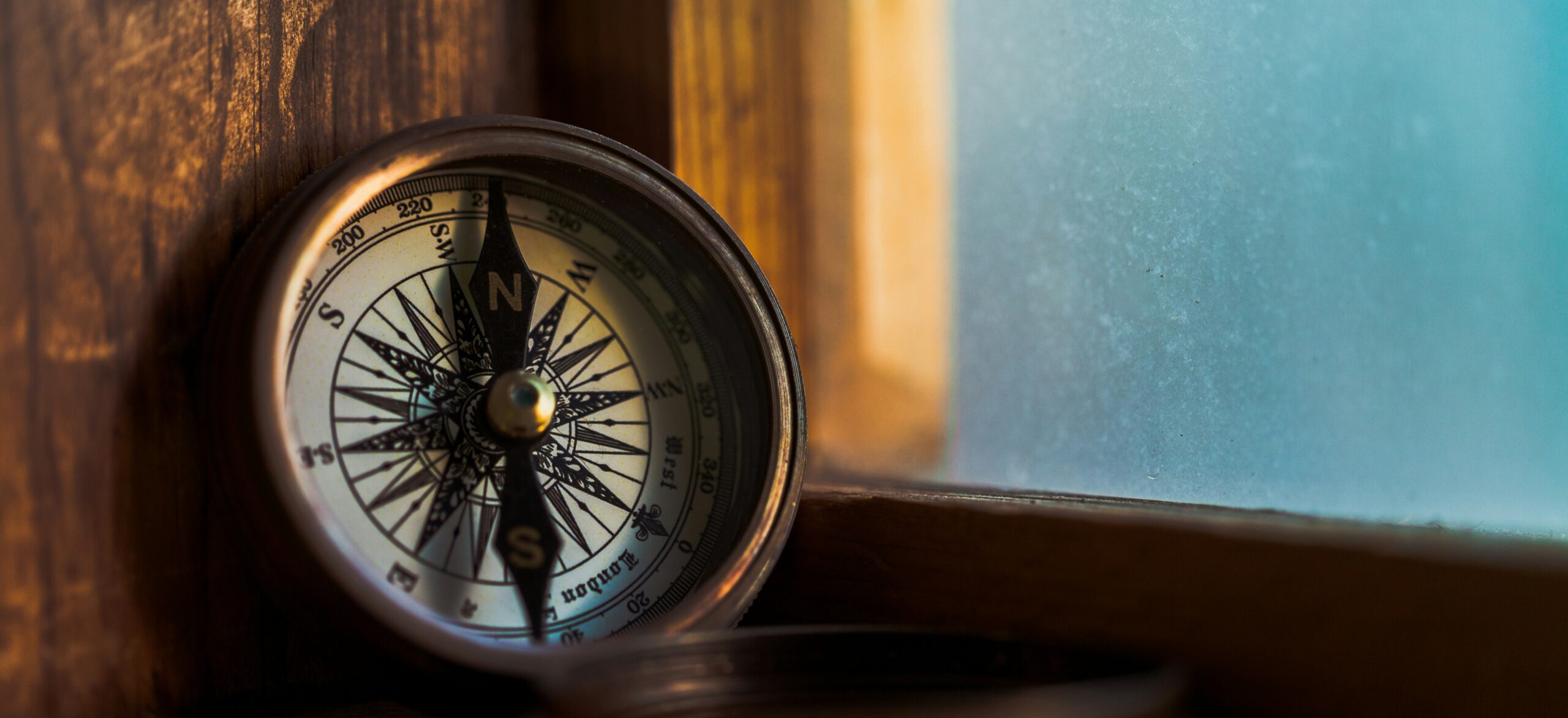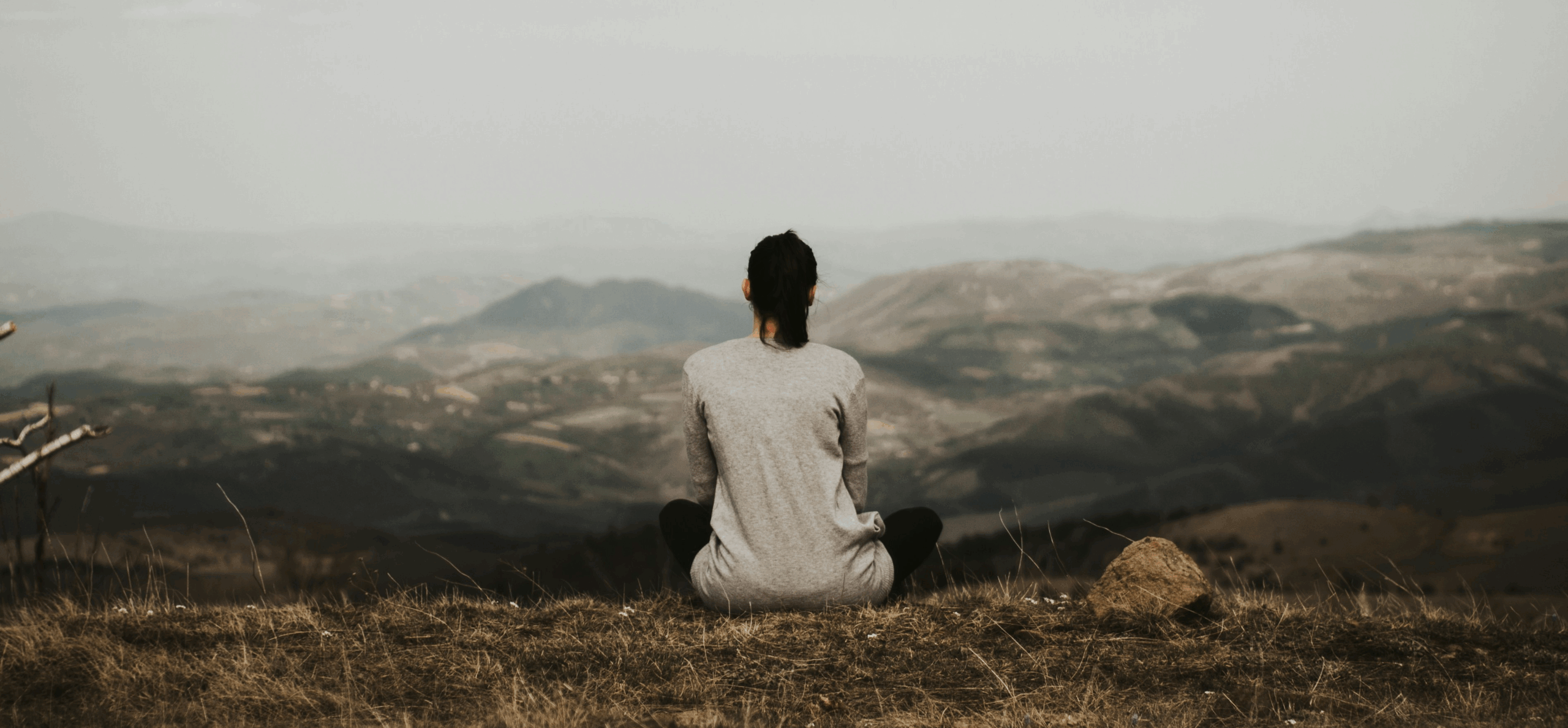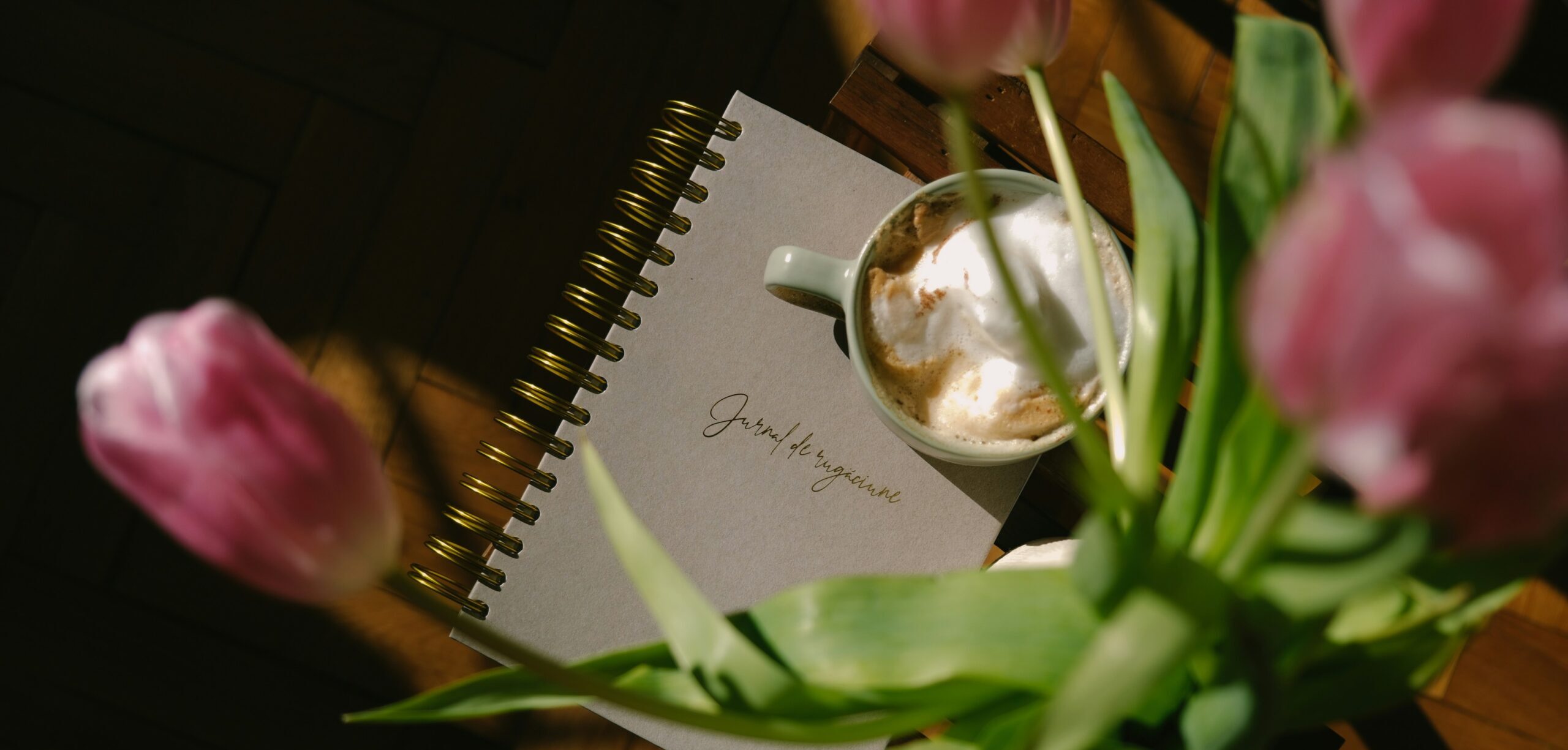The Seesaw
I never liked the term “Work-Life Balance.”
Even during the years when I was desperately chasing after Work-Life Balance, something about the name didn’t sound right to me. It evoked in me an image of an old seesaw in an empty playground: solid, heavy, squeaky, limited in movement to a simple up/down on either side. On one end there was “Work” – a huge, unwieldy, mass –, and on the other was “Life” – big but fluffy and nebulous. It was hard for me to understand how the Life side could ever weigh enough to make the plank level. My job was so important and took up most of my time. I needed it in order to live and support my family. How exactly were these two things ever supposed to truly be balanced?
For a while, I followed the typical advice given to Work-Life Balance seekers:
- I tried to take all of my vacation days.
- I mustered up the energy to do fun activities with my daughters on the weekends, despite being exhausted.
- I forced workouts into my week as often and diligently as I could (until I couldn’t anymore and gave up entirely).
- I tried very hard to “disconnect” from work at the end of the day — which is almost impossible to do if there is an expectation at your office that you will always be available.
None of these were sustainable. Also, whenever I tried to force a balance, I’d find myself stressed and overwhelmed. Nothing stayed the same from day to day. The only constant in my life — the one for which I believed there could be no compromise — was work.
At the time, I wasn’t good at setting boundaries for myself. I definitely missed a few special events with my oldest child because work was the one non-negotiable in my life.
The lightbulb turned on when I hit rock bottom (hey, sometimes that’s what it takes!).
At home, burned out, with a sick child to take care of, and feeling completely overwhelmed — and decidedly unbalanced — I thought about that seesaw again. Taking a step back and considering all the things I needed and wanted to do in order to get to a better place in my life, it seemed impossible to break it all up into just two piles, Work vs. Life, much less “balance” them. It also didn’t make sense anymore. Work was a part of Life. For me, this wasn’t about balancing two different things anymore. I needed balance across all aspects of my life, including work.
A More Holistic Way to Look at Balance
Coaches often use a tool called the Wheel of Life. The Wheel is split up into wedges, representing different aspects of a person’s life. (E.g., Health, Finances, Work, Relationships, Personal Growth, etc.) In coaching, we ask clients to rate their satisfaction in each area from 1 to 10. A score closer to 1 indicates dissatisfaction, while a 10 means extremely satisfied. We also ask them what is behind the scores they gave and what a 10 would mean in any area. The idea is this: The higher and more even the scores are across all these sections of one’s life, the smoother the Wheel runs (see image below).

In coaching, we primarily use the Wheel to get a sense of how fulfilled a person feels in various areas of their life. It can also be used to help people find balance. I loved the image of the Wheel immediately because it clearly shows that work is just one part of many that make up our lives. Also, you may never have a perfectly smooth, perfectly rounded Wheel, but you can build awareness around what specifically could be lacking in one area vs. another.
Knowing what you want in each of these areas provides new insight into what balance would look like for you. From there, you can make choices about how you want to be and what you want to do in order to achieve that balance.
Balance is Choice
Something else that struck me when I first saw the Wheel was how all the sections are the same size. However big or small you perceive one area of your life to be depends on how much attention and weight you give to it. In my case – and I imagine for many of you, too – work felt like the biggest and heaviest part of my life because I made it the heaviest. I gave it most of my attention and attached the greatest importance to it. Even though I claimed that my children and family were my priority, in reality almost every choice I used to make put work first. That was where I directed the bulk of my energy, so that at the end of the day, my kids and family were getting what was left in my tank (which wasn’t a lot).
But that was the choice I had been making for a long time. For me, there was freedom in this realization.
These days, I have shifted some of the attention once reserved for my job to my family, my health, and my personal growth. Of course, there are times when work is busier, requiring more of my time and energy. During those times, I try to make conscious choices about how I go about my day so that I can still fulfill the commitments that I want to make to the people and activities that are important to me.
For example, if work is heavier one day, I know I might not have as much time to play with my youngest that evening. I also know I may not have the juice for a more intense workout. To feel more balanced, I will take small steps to manage my energy throughout the day. This way, I can be more present with my child during the time that I have with her. I’ll also be intentional about taking more time to stretch in the morning and eating something a bit healthier during the day, so I feel like I’ve done something good for my body. These may seem like small choices, but they have a big impact on how I experience the day. And, once my workload is not as heavy, I can spend more time with my kids and do the bigger workouts again.
This is how I strive to maintain balance in my life.
Balance is Fluid
Achieving balance isn’t about setting equal parts of your life on a set of scales and trying to get them to weigh exactly the same all the time. It’s not about seeking to achieve the perfect levels of one thing vs another and forcibly trying to maintain them. You aren’t pitting one part of your life against another.
Instead, balance is a constant state of assessing and readjusting. It’s an ongoing balancing act, meaning it is an active exercise. The action is: choosing what you want or need to do to meet the priorities of the moment. And by the way…you can choose what to prioritize in any circumstance.
If you can understand this, you are less likely to feel overwhelmed or stuck because you know that choice is movement. Balance is movement and openness to change, because life is always moving and changing. It’s a constant dance. It’s certainly not a two-ended teetertotter or set of scales, only going up or down.
Once I accepted that balance includes change and movement, I could redirect my time and attention from one area to another without feeling guilty or pressured. I don’t feel as overwhelmed as I used to. Yes, I actually do have options. I have choice. Even if one area of my life needs a significant chunk of my time and energy right now, I am still in control of how I use the rest.
We have more options than we think!
What choices do you make to maintain balance in your life? Comment below?
Do you need help finding or maintaining balance in your life? Book a free consultation with me!








